- About us
- Support the Gallery
- Venue hire
- Publications
- Research library
- Organisation chart
- Employment
- Contact us
- Make a booking
- Onsite programs
- Online programs
- School visit information
- Learning resources
- Little Darlings
- Professional learning
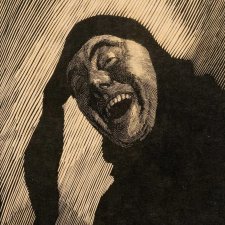
Michelle Fracaro describes Lionel Lindsay's woodcut The Jester (self-portrait).
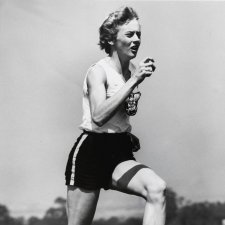
Former NPG Deputy Director, Simon Elliott talks with Ern McQuillan about his life and career as a sports photographer.
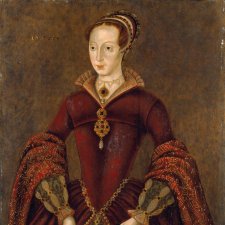
Traversing paint and pixels, Inga Walton examines portraits of select women in Tudors to Windsors: British Royal Portraits.
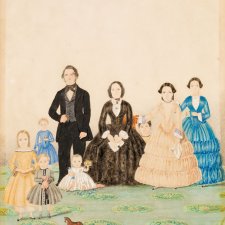
Jo Gilmour uncovers endearing authenticity in the art of a twice-transported Tasmanian.
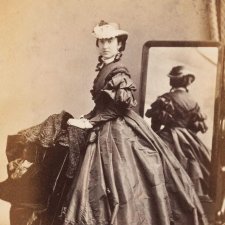
The death of a gentlewoman is shrouded in mystery, a well-liked governor finds love after sorrow, and two upright men become entangled in the historical record.

Sarah Engledow on a foundational gallery figure who was quick on the draw.
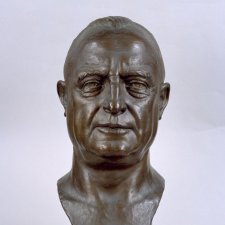
The life and achievements of Sir Edward Holden, who is represented in the portrait collection by a bust created by Leslie Bowles.
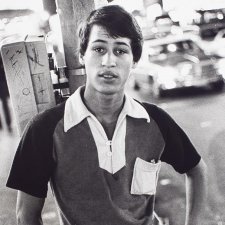
Christopher Chapman immerses himself in Larry Clark’s field of vision.
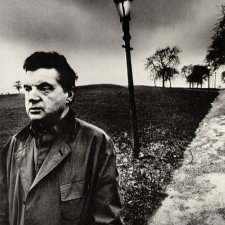
Mark Haworth-Booth explains why Bill Brandt is one of the most important British photographers of the Twentieth Century.
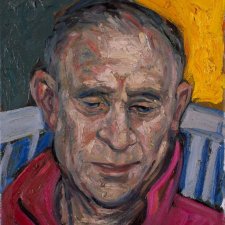
The exhibition Portraits for Posterity celebrates gifts to the Gallery, of purchases made with donated funds, and testifies to the generosity and community spirit of Australians.

The portrait of Janet and Horace Keats with the spirit of the poet Christopher Brennan is brought to life by artist Dora Toovey.
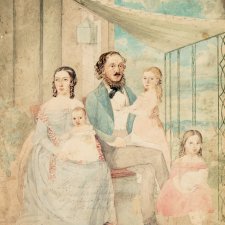
The art of Australia’s colonial women painters affords us an invaluable, alternative perspective on the nascent nation-building project.
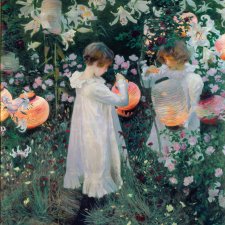
John Singer Sargent: a painter at the vanguard of contemporary movements in music, literature and theatre.

Celebrating a new painted portrait of Joseph Banks, Sarah Engledow spins a yarn of the naturalist, the first kangaroo in France and Don, a Spanish ram.

English artist Benjamin Duterrau took up the cause of the Indigenous peoples of Tasmania with his detailed and sympathetic renderings.
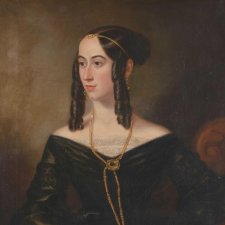
Emma Kindred examines fashion as a representation of self and social ritual in 19th-century portraiture.